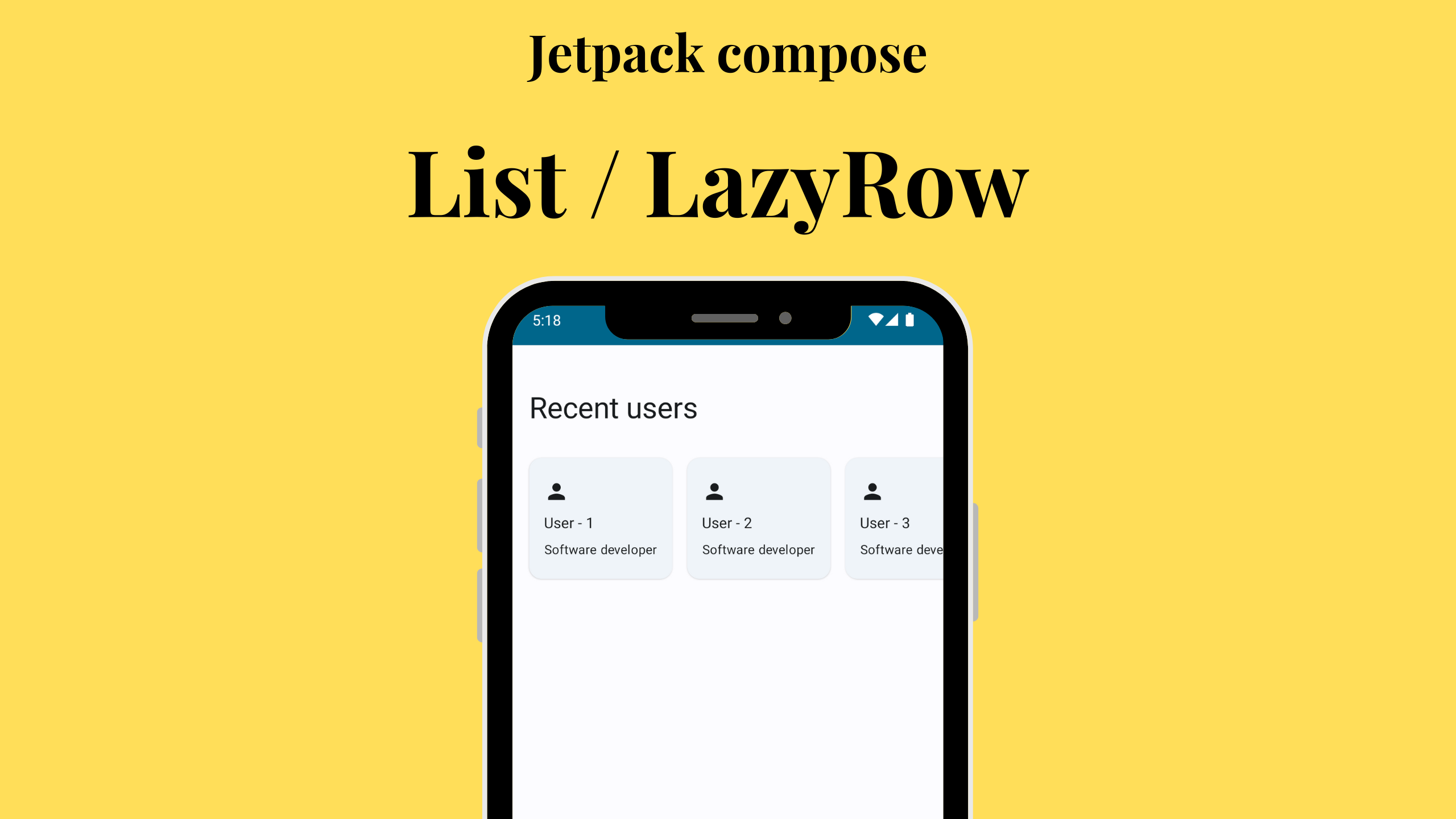Introduction
In the dynamic landscape of modern software development, the choice of programming languages and tools greatly influences productivity, maintainability, and code quality. Kotlin, a statically-typed language developed by JetBrains, has gained significant traction for its conciseness, expressiveness, and interoperability with Java. One of Kotlin’s standout features is its Domain-Specific Language (DSL) capabilities, allowing developers to create internal or external DSLs that make code more readable, maintainable, and enjoyable. This blog post explores the concept of Kotlin DSL and how it revolutionizes the way developers write code.
Understanding Kotlin DSL
Domain-Specific Languages are languages tailored for specific tasks or problem domains. Kotlin DSL takes this concept further by allowing developers to define their own mini-languages within the Kotlin programming language. DSLs in Kotlin are often used to create expressive APIs that mimic a natural language syntax, making code more human-readable.
Creating DSLs in Kotlin involves leveraging a combination of language features, such as extension functions, lambdas, and infix notation. This approach enables developers to design APIs that feel like a language tailored to a specific problem domain.
Key Features of Kotlin DSL
Extension Functions :
Kotlin’s extension functions allow developers to extend existing classes with new functionality without modifying their source code. In the context of DSLs, extension functions are pivotal for crafting fluent and readable APIs.
fun StringBuilder.hello(message: String) {
append("Hello, $message!")
}This allows for calls like
StringBuilder().apply { hello("Kotlin DSL") }Lambdas and Function Literals:
Kotlin’s support for first-class functions and lambdas is a game-changer for DSLs. Lambdas enable developers to pass around blocks of code as parameters, facilitating the creation of expressive DSLs.
fun buildPerson(block: Person.() -> Unit): Person {
val person = Person()
person.block()
return person
}
val person = buildPerson {
name = "John"
age = 30
}Infix Notation:
Infix notation allows for more natural, readable code by omitting the dot and parentheses for certain function calls.
infix fun String.withPrefix(prefix: String): String = "$prefix$this"
val result = "World" withPrefix "Hello, "This makes DSLs feel like a set of instructions in plain language.
Use Cases for Kotlin DSL
Gradle Build Scripts:
Gradle, a popular build automation tool, utilizes Kotlin DSL for its build scripts. This allows developers to define build configurations using a concise and expressive syntax.
plugins {
kotlin("jvm") version "1.5.0"
}
repositories {
mavenCentral()
}
dependencies {
implementation(kotlin("stdlib"))
}UI Frameworks:
Kotlin DSLs are prevalent in UI frameworks like Anko and TornadoFX, providing a declarative way to define UI components.
verticalLayout {
button("Click me") {
onClick { /* handle click event */ }
}
}Testing Frameworks:
Kotlin DSLs simplify test creation in frameworks like Spek and Kotest, enhancing the readability of test specifications.
test("Addition") {
val result = add(2, 3)
result shouldBe 5
}Benefits of Kotlin DSL:
- Readability and Conciseness: DSLs in Kotlin can make code more readable and concise, capturing the essence of the problem domain in a way that closely resembles natural language.
- Type Safety: Leveraging Kotlin’s type system, DSLs provide a high degree of type safety, reducing the likelihood of runtime errors.
- Code Discoverability: Well-designed DSLs can enhance code discoverability by providing a clear and intuitive API, making it easier for developers to explore and understand unfamiliar codebases.
Wrapping up
Kotlin DSLs are a powerful tool in the hands of developers, offering a means to create expressive, readable, and type-safe APIs. From build scripts to UI frameworks, Kotlin DSLs have found applications in diverse domains, simplifying complex tasks and improving the overall development experience. As the Kotlin ecosystem continues to grow, the adoption of DSLs is likely to become more widespread, contributing to the evolution of modern software development practices.



Leave a Reply